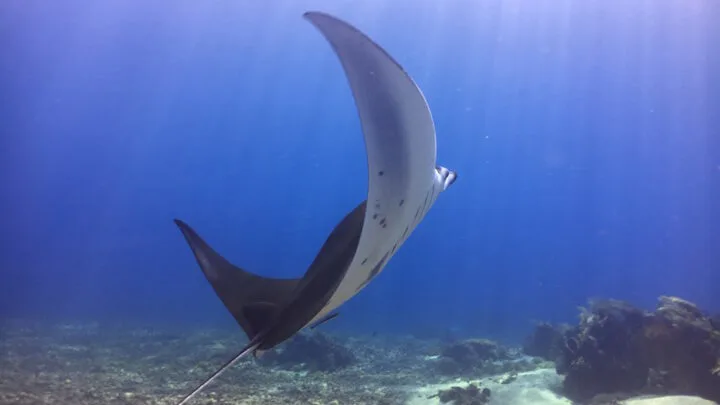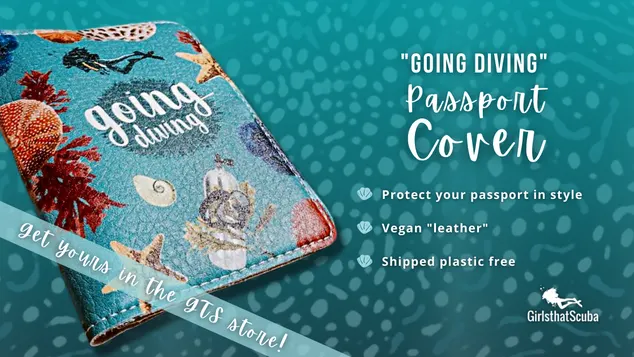Komodo, Indonesia is one of the world’s most famous dive destinations. Mostly known for its huge population of manta rays, it’s also home to an abundance of marine life and huge populations of corals.
The best way to hit all of the top dive spots in Komodo is to go on a liveaboard so you can reach the further out dive spots that aren’t accessible from Labuan Bajo. We’ve hosted Girls that Scuba Trips to this incredible marine park, so here’s our take on the best dive sites in Komodo.
We’ll also share the best liveaboards in Komodo, as well as what to do on land in Komodo National Park. Let’s go!
Best Dive Sites in Komodo
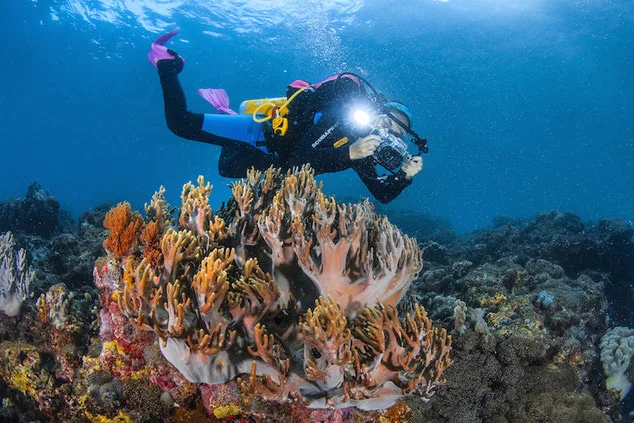
Batu Bolong – GTS Pick
Now don’t quote us on this, but this could possibly be the best dive site of all time. Teeming with corals as far as the eye can see, we doubt you’ve ever seen this much colour – or this many turtles – on a dive before.
By Komodo standards, the current at Batu Bolong is minimal and the depth is relatively shallow. This means that when there is great light it’s an underwater playground for photographers. Expect reef sharks, turtles, rays, and keep an eye out for any unexpected encounters.
Taka Makassar
Here’s where you want to head if you are looking for the not-so-elusive manta rays of Komodo! Expect mantas swooping by, turtles following behind them, and corals peacefully swaying underneath.
There’s also the chance of sharks, eagle rays, moray eels, as well as resident clownfish in the mix. You’re going to want to put Taka Makassar right up there on your bucket list.
Manta Alley
Not seen enough mantas? Or worse still, not been able to spot them on your trip so far? Try Manta Alley! Enjoy this shallow dive with a huge possibilities of mantas and turtles, and maybe even sharks. It’s a feeling like no other when a manta comes to greet you.
Castle Rock
One of Komodo’s most famous dive spots – and rightly so, it’s like a fish and coral explosion down there! Pinnacles rise from a shelf 20-24m deep and reach almost to the surface up to 4m deep, offering an unforgettable view.
Whitetip and blacktip reef sharks patrol the area, which is also visited by eagle and manta rays in the right season. But be careful, the currents can be strong here. We’d recommend you are at least Advanced Open Water qualified – and don’t forget that DSMB!
Current City (Tatawa Kecil) – Divemaster Pick
We asked our dive guide on board our liveaboard what his favorite dive was and he chose Current City. Why? The Southern area at about 24m depth is home to a small cave where a colony of pygmy seahorses live!
You can expect whitetip sharks, grey reef sharks, giant trevallies and tuna here, too. In the northern side, two large rocks at 22m give shelter to a cleaning station, mostly used by sweetlips. The current here can be strong, hence the name, so come prepared.
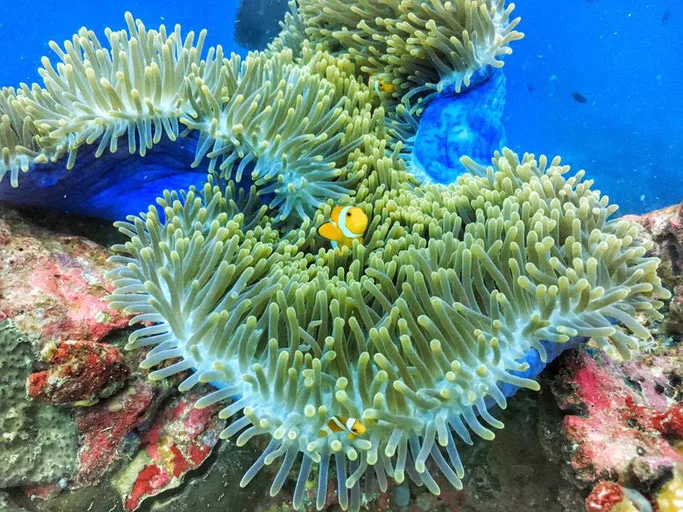
Three Sisters
Three Sisters gets its name from the three huge rocks dominating the dive site. These sit on a 30m sandy bottom, with the tops at only 3m deeps. You’ll notice the thriving marine life the second you dive in.
Keep your eye out for many species of nudibranch all over the rocks. For the adventurous there is actually a fourth sister located further to the west, starting in about 20m of water and dropping down to 40m. This houses some impressive sea fans and even more exciting marine life. As always, the current can be unpredictable.
Gili Lawa – Night Dive Pick
No trip to Komodo is complete without a night dive. Head over to Gili Lawa and experience the bioluminescence in full glory with even the slightest of touches. You may even bump into squids, octopus, sharks and rays. Grab your dive torch, you’re in for a spectacle!
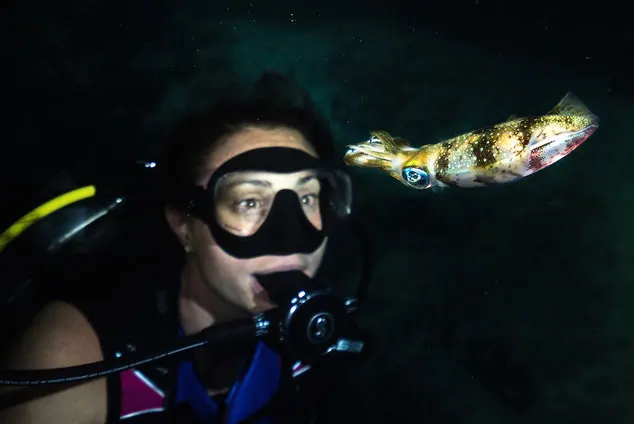
What Do You Need For Diving in Komodo?
Diving in Komodo isn’t always easy, and currents can be unpredictable. You must never dive without a DSMB/SMB, and you also need to ensure you know how to use it. Our Girls that Scuba DSMB can’t be missed, and has all the features a great DSMB needs.
Other equipment to consider bringing:
- A camera
- Torch or dive light for night dives
- Warmer wetsuit, as temperatures can be anywhere from 25-28ºc, even in summer
Your own scuba equipment is advised, especially if you’re heading on a liveaboard in Komodo.
Liveaboards in Komodo
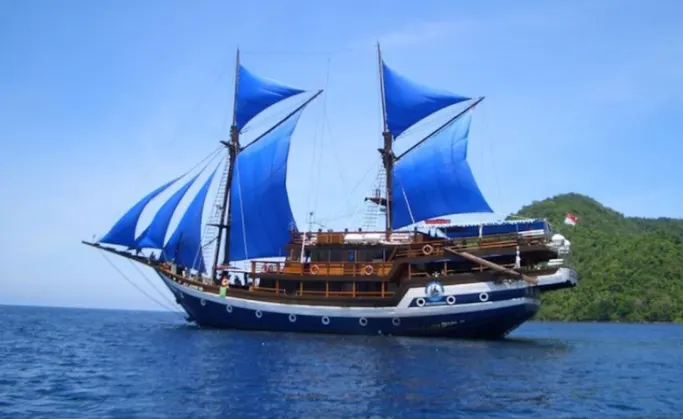
The best way to experience Komodo is on a liveaboard. These begin from 3 days, but 7 days is optimal to experience all the best sites! Komodo liveaboards are also a much more affordable alternative to Raja Ampat liveabords and the cost involved in getting there.
Girls that Scuba discount card holders get 5% off on many boats in Komodo, saving a huge amount – sign up here!
What To Do On Land in Komodo National Park
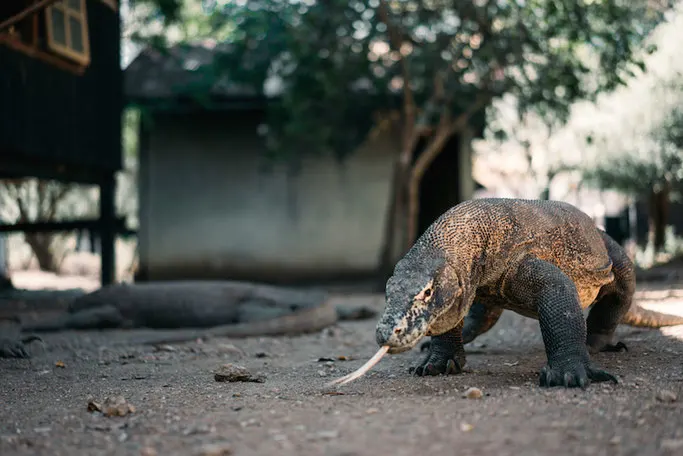
Hike Padar Island
What will reward you at the top is possibly the most beautiful sight in Indonesia. It’s only a 1 hour hike to get to the view point at the top, but it’s pretty steep with unstable ground.
To get to Padar island you will have to take a boat from the main land of Labuan Bajo which takes around 3 hours, but is usually combined with a trip to Komodo National Park. Take a look at the tour operators on Labuan Bajo and see which day trip best suits your schedule.
Bat Watching
Kalong Island is one of the only places on earth you can see this natural phenomenon. Thousands upon thousands of bats migrate out from the mangroves into the night sky around 6pm on summer evenings, with this National Geographic-esque displaying lasting for around 15 minutes.
And the best thing about it? You can stop by the mangroves after your visit to Rinca Island (where you see the dragons) on the way back home, with a beer in hand.
Local Dances
Visit a traditional village and watch a ‘Caci’. This ritual whip fight is a major element of Manggarai cultural identity. Spectators support their favorite party by cheerfully shouting out their encouragement, making it a very lively event.
The best place to watch this is at Melo Vilage, located on the Transflores ‘highway’ – about 20km on the road from Labuan Bajo to Ruteng. Here you will also be able to see traditional dances and have the opportunity to spend time chatting to the locals and snapping some great photos.
Komodo Dragons
No trip to Komodo is complete without a selfie with the world’s largest lizard, and these are almost guaranteed in these sacred islands. The best place to see them is Rinca Island. Here, you can hike around the lush greenery while searching for these beautiful beasts.
You have to have a guide with you at all times (in case you didn’t know, their poison can be fatal with one bite) who carries around a large wooden stick to ward off any inquisitive dragons.
You can also see Komodo Dragons at Komodo National Park, located on a separate island from Rinca. To get to both of these spots you need to take a boat trip from Labuan Bajo.

